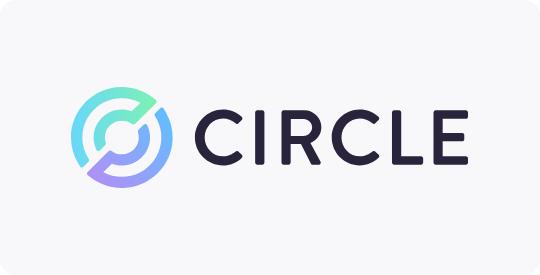Stablecoins are the gateway and infrastructure of the blockchain economy. In 2024, the payment scale exceeded 24 trillion dollars, and as of the first quarter of 2025, the overwhelming majority of market capitalization is dollar-pegged assets. The fact that dollar-based stablecoins account for over 99% of the total fiat-pegged volume indicates that this market has already entered the gravitational field of dollar liquidity. The United States does not hide its intention to use this as a tool to maintain foreign exchange and financial hegemony.
Europe is belatedly catching up with MiCA. While usage has rapidly increased, the supply side is different. Euro-denominated volumes remain minimal, and by mandating 1:1 reserves while effectively banning algorithmic tokens, profitability has thinned. Euro stablecoins that did not comply with regulations have been delisted one after another, and issuers are seeking bypass strategies. Europe demonstrates that if one cannot match regulatory compliance, liquidity, and profit structure, market exit is not far off.
The market reality is even more harsh. Most stablecoin circulation is used for liquidity routing by professional traders, exchange arbitrage, and vault rebalancing, not retail payments. The trading benchmark is USDT and USDC. No one wants to bear rebalancing costs for non-dollar pairs in fragmented pools. Demanding same-currency 1:1 reserves drives operating yields down to around 1%. To cover annual operating costs of 10 million dollars, one must raise at least 1 billion dollars in deposits to barely break even. Without 'anchors' like banks, payment providers, and exchanges supporting initial circulation through long-term deposits of billions of won, tokens evaporate from the market upon issuance. This is why non-dollar stablecoins account for less than 0.2% of the total.
The Korean government announced plans to introduce a won stablecoin by the end of 2025, along with regulated spot ETFs. They outlined a framework for custody, price determination, operation, and investor protection, including lowering transaction fees and bank and fintech participation under central bank jurisdiction. The goal of reducing dependence on overseas stablecoins and keeping funds domestically is clear. The direction is correct. However, mere optimism of "it will be used if it exists" will fail.
The key is strategy. First, a deep liquidity pool created jointly by domestic exchanges and banks is necessary. Only by creating sufficient depth for investors to trade BTC/won stablecoin pairs as conveniently as BTC/USDT can we escape dollar gravity. Second, an operational framework guaranteeing at least 1% net yield is required. Regulations on reserve and deposit management must be rationalized to design a structure that can cover costs through low-risk operations like short-term government bonds and reverse repos. Third, an initial anchor distribution network is essential. Major banks, payment companies, and big tech firms must deposit large amounts from the outset, and domestic and international major exchange listings and payment network connections must be simultaneously pushed. If even one of these is missing, the failure probability is overwhelmingly high. These issues will be extensively discussed with industry, academia, and regulatory authorities at the 'OnChain Symposium 2025' in Seoul on September 10th.
It's not the time for the government to only tout rosy expectations like "payment convenience" and "capital outflow suppression". They must coldly read the U.S. strategy to solidify dollar hegemony and the European reality struggling with profitability and regulation. An 'implementation roadmap' that packages issuance entities, reserve management, listing and payment ecosystems, and deposit incentives must emerge. Laws cannot be made and then left to the market.
Stablecoins are not a master key. If well-designed, they can be a catalyst for upgrading domestic financial infrastructure, but diving in unprepared means losing both investment and trust. What's needed now is not "quickly" but "right now". Direction and design come first. Speed comes next.
ℹ️ Reference: Global research institution Messari published its annual report 《2025 World Stablecoin Market Report (State of Stablecoins)》 in July, analyzing the structural changes and future direction of the stablecoin industry. The report is being exclusively distributed in official Korean translation through this publication and can be requested via the Google Form application.
For real-time news...Go to TokenPost Telegram
<Copyright ⓒ TokenPost, Unauthorized Reproduction and Redistribution Prohibited>







